Electrospinning and plasma polymerization are combined to provide vascular graft scaffolds that are mechanically compliant and biocompatible.
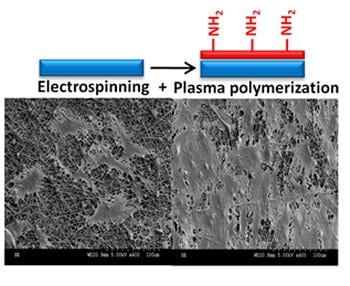

Electrospinning and plasma polymerization are combined to provide vascular graft scaffolds that are mechanically compliant and biocompatible.
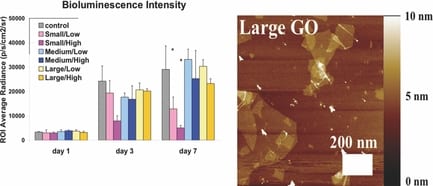
A team from Stanford University has investigated the effects of graphite oxide nanoparticles on mouse embryonic stem cells.
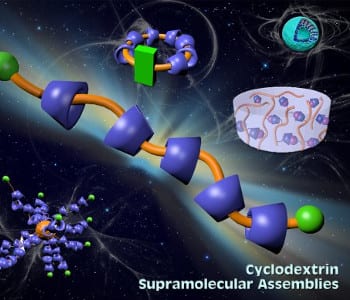
Here are the currently most read articles in Macromolecular Rapid Communications.
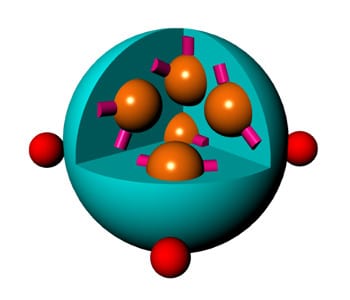
Korean scientists have developed a tumor-targeted, bioreducible nanoparticle system that can deliver cytotoxic anticancer drugs to tumor tissues.
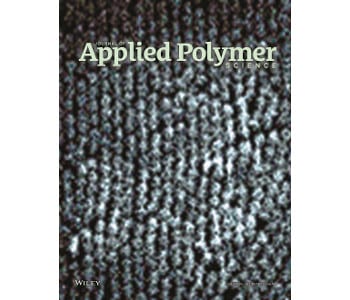
Recent research into the use of polymer-coated nanoparticles for enhanced oil recovery is reviewed in the Journal of Applied Polymer Science.
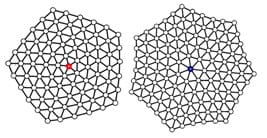
New study finds how defects affect two-dimensional crystalline structures, and the results hold information for designing new materials.
Polymer scientists at the 2013 MRS Fall meeting in Boston brought another year of materials science research to a close with a bang.
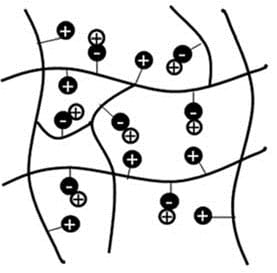
Progress on the development of polyampholyte polymers for use in biomedical applications is reviewed.
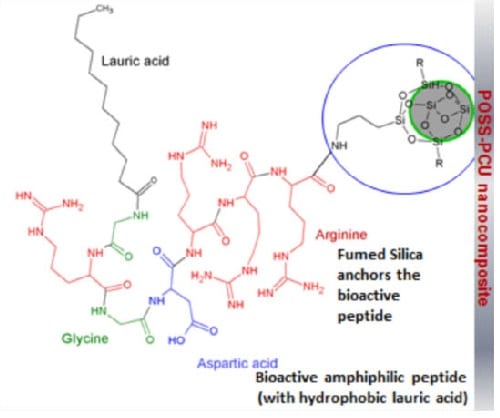
Fumed silica nanoparticles are functionalised to have ‘tethering’ proteins and link bioactive groups to induce biomimicry.
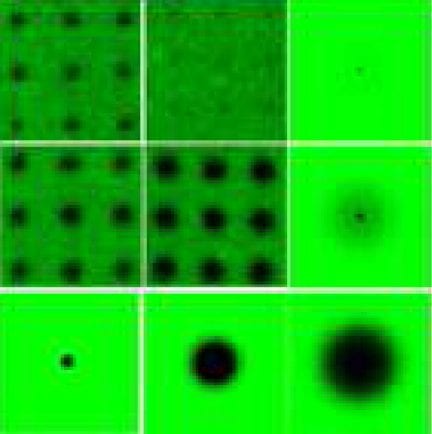
Technique finds new use in patterning polymers to control cells and proteins.